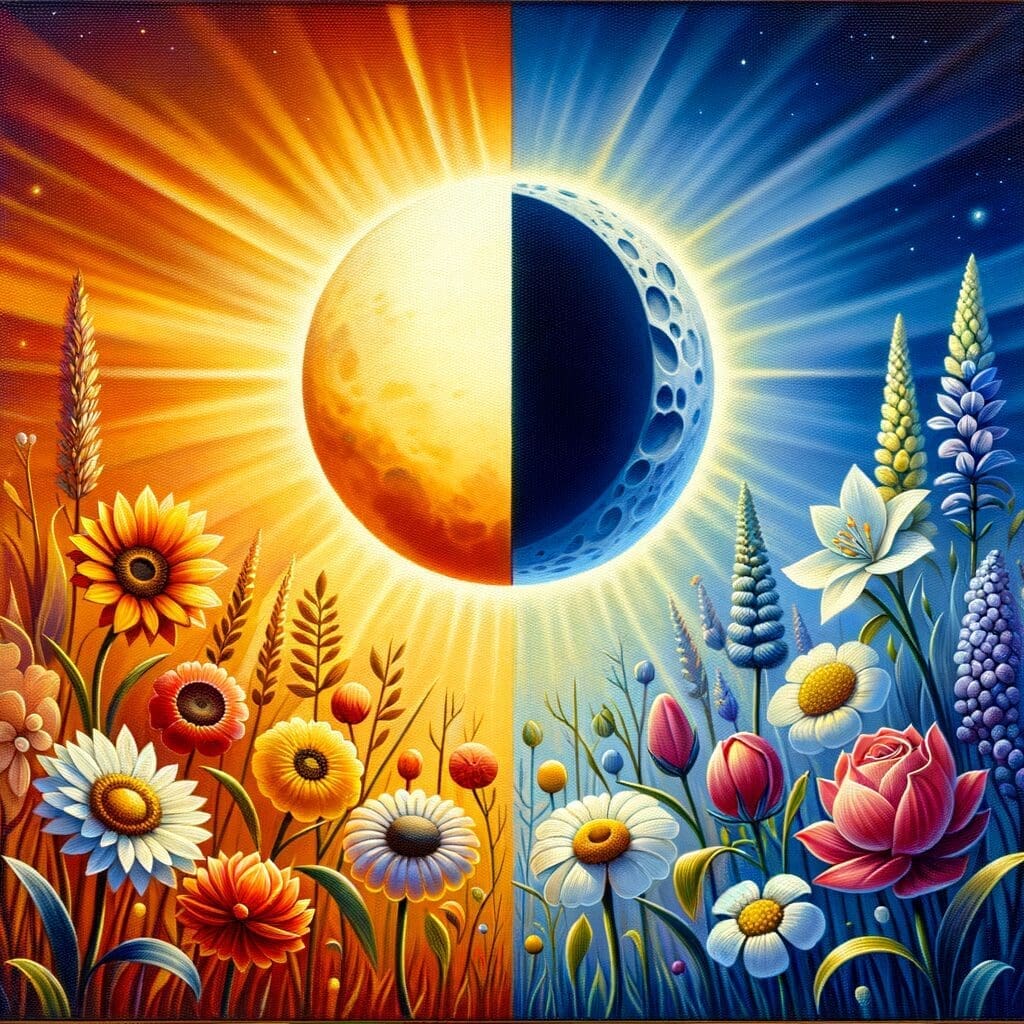-
Table of Contents
The Meaning of Spring Equinox

As the seasons change and the days grow longer, the spring equinox marks a significant celestial event that has been celebrated by cultures around the world for centuries. This article will explore the meaning of the spring equinox, its cultural significance, and how it is observed in different parts of the world.
What is the Spring Equinox?
The spring equinox, also known as the vernal equinox, occurs when the sun crosses the celestial equator, resulting in equal lengths of day and night. This astronomical event typically takes place around March 20th or 21st in the Northern Hemisphere and September 22nd or 23rd in the Southern Hemisphere.
Astronomical Significance
During the spring equinox, the tilt of the Earth’s axis is perpendicular to the sun’s rays, causing the sun to shine directly on the equator. This alignment results in the lengthening of daylight hours and the gradual warming of temperatures, signaling the arrival of spring.
Cultural Significance
The spring equinox has long been celebrated as a time of renewal, rebirth, and new beginnings in many cultures. It is a time to welcome the return of life to the earth after the cold winter months and to celebrate the promise of growth and abundance in the coming months.
Historical Celebrations
- Ancient Egyptians: The spring equinox was associated with the goddess Isis and the resurrection of Osiris, symbolizing the cycle of life, death, and rebirth.
- Greeks and Romans: The spring equinox was celebrated with festivals honoring the goddess of fertility, such as Aphrodite and Venus, and the god of agriculture, such as Demeter and Ceres.
- Native American tribes: Many tribes held ceremonies and rituals to honor the changing of the seasons and to give thanks for the renewal of life in nature.
Modern Observances
Today, the spring equinox is still celebrated in various ways around the world. In many cultures, people gather to participate in rituals, ceremonies, and festivals that honor the changing of the seasons and the promise of new beginnings.
Examples of Modern Observances
- Japan: In Japan, the spring equinox is celebrated with the observance of Shunbun no Hi, a national holiday that honors ancestors and the changing of the seasons.
- Mexico: In Mexico, the spring equinox is celebrated at the ancient Mayan ruins of Chichen Itza, where thousands gather to witness the shadow of the serpent god Kukulkan descending the steps of the pyramid.
- Iran: In Iran, the spring equinox is celebrated as Nowruz, the Persian New Year, with festivities that include feasting, dancing, and the setting of a Haft-Seen table with symbolic items.
Conclusion
The spring equinox holds a special significance for people around the world, symbolizing the transition from winter to spring and the promise of new beginnings. Whether through ancient rituals or modern observances, the spring equinox continues to be a time of celebration, reflection, and renewal for many cultures. As we welcome the longer days and warmer temperatures of spring, let us also embrace the opportunity for growth, transformation, and the blossoming of new possibilities in our lives.
Learn more about the significance of the spring equinox and how it is celebrated around the world. Watch this informative video to deepen your understanding: Click here

Ra is a practitioner of Kemetisim, Neterism, and the rituals and beliefs of Ancient Kemetic-Egypt. Ra has helped thousands of people from all walks of life. Specializing in the Tarot and teachings of the Middle Pillar and Tree of Life. About Ra

